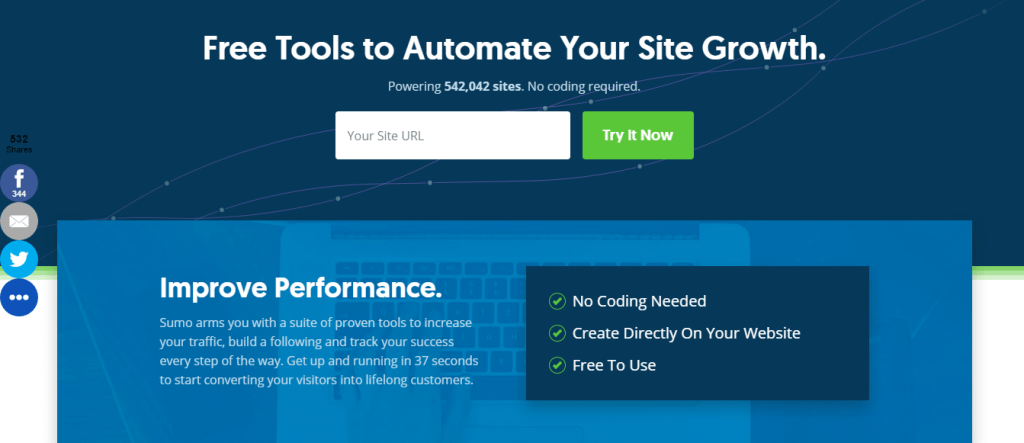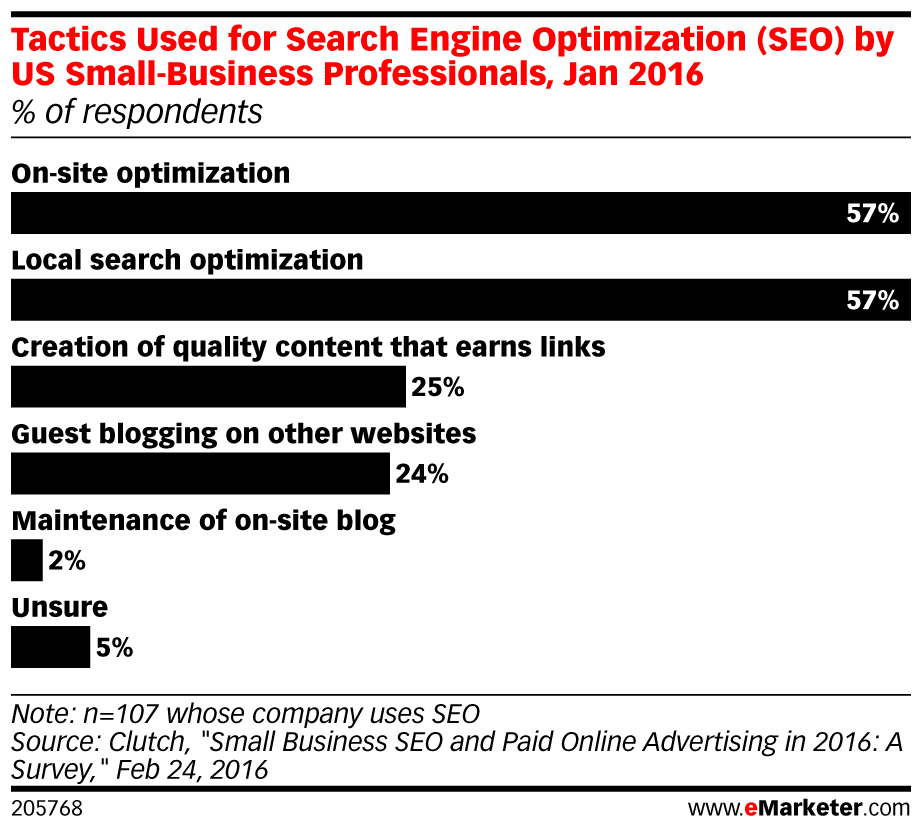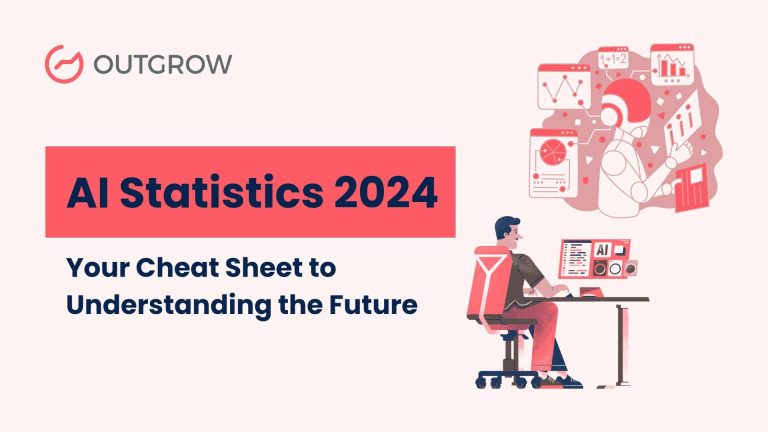Is Your Website Designed to Convert?
Table of Contents
Well-designed online marketing strategies draw visitors to your website. However, without correct website conversion strategies in place, you miss out on opportunities to convert them into paying customers.
As a marketer, you must have a thorough understanding of first how to acquire traffic and second the aspects of the page that influence conversion. This helps you stay ahead of the curve.
How to Acquire Traffic?
You work hard to develop a website and optimize it with relevant content and keywords, catchy titles, and well-thought meta descriptions. This boosts the website ranking and brings in a steady flow of traffic. However, search engines change their algorithms often. Thus, obtaining optimal website traffic depends on staying ahead of the curve in the digital landscape.

Following SEO best practices is crucial to acquiring website traffic. Perhaps this is what makes SUMO and other SEO widgets so successful. With over 500,000 sites now using the service, SUMO “arms you with a suite of proven tools to increase your traffic, build a following and track your success every step of the way.” SEO is no longer a far-fetched concept for marketers.
In fact, marketing pros from companies big and small have been incorporating more of their marketing efforts toward search marketing initiatives. The power search engines have on the procurement of visitor page views is astounding.
If you think on-site optimization tools are the only way to improve SEO, think again. Clutch recently found that in addition to on-site optimization, the top tactics used in SEO and paid online advertising include local search, content creation, and guest blogging, proving that a diverse set of marketing tactics is the way of the future.

Numbers from Content Marketing Institute’s 2016 B2B Content Marketing Benchmarks, Budgets and Trends report show that 88% of B2B marketers use content marketing, and the average B2B company spends 28% of its annual marketing budget on this form of marketing. The study also mentioned that more than 50% of B2B companies planned to increase their content marketing budget in 2016 and beyond.
Which begs the question, why are marketers moving more of their budget in this direction? The answer is two-fold. For optimization, search engines put a high value on well-written, textual content. It is essential to optimize your website in a way that highlights these crucial SEO elements. On a more human level, customers value engaging content and promote experiences customized to their specific needs.
Last word on Traffic
Acquiring traffic is one of the primary goals for any business online or in-store. But what happens when you have the traffic coming to your website? But, you are not seeing the conversion results that mirror the increase in visitors?
Second, Convert Traffic to Reach Your Goals
For every $92 spent acquiring customers, only $1 is spent converting them. Guiding customers to your website is important, but if you don’t have the right layout, design and message, you will miss out on revenue opportunities by not converting web traffic into paying customers.
Econsultancy states that 83% of marketers test and optimize conversion rates for call-to-action buttons, 77% test page layout and 61% of companies run up to five landing page tests per month. At the moment, Google searches for ‘conversion rate optimization’ are higher than ever before.
Whether you are working with certified reporting analysts who provide expert insights, guidance, and recommendations, or you are taking a deep dive at your website analytics internally, detailed tracking and reporting are reliable practices to strengthen your business.
Related Read – How to Improve Website Conversions Using Calculators & Quizzes
Enhance Your Website Efforts To Increase Revenue With These Three Steps
Set your Conversion Goals
According to Adobe and Venture Beat, the top converting companies spend more than 5% of their budgets on optimization and see an average ROI on CRO tools of 223%. A conversion doesn’t always have to be an online purchase. Contact forms, demo requests and download forms from the content you create are all examples of conversions. Is your goal simply revenue-focused or are you trying to improve in other areas such as newsletter signups, referrals, or social media engagement? No matter the goal, be sure to set it in advance so that you will be able to examine website performance accurately.
Pro Tip: How Much Do You Know About Conversion Rate Optimization (CRO). Find Out
Create a Hypothesis
When is the last time you audited your website? Did you position your current website design and message to engage your customers and guide them in the direction of conversion? Create thorough buyer personas for your target audience. Then, engineer an action plan that hypothesizes a variation of your website. This should better match your customer’s interests and draw them to take action.
Test
After extensive goal preparation and hypothesis development, it is time to test. There are several A/B tests you can run to optimize your website for conversions. New button colors, calls-to-action, and layout are just a few tests to try out. Outgrow’s very own Khyati Sehgal reports that some of the highest performing interactive content techniques include quizzes, calculators, surveys, assessments, videos, infographics, and web pages. Why? Sehgal tells us that interactive content offers personalized experiences that make your audience feel special, and most importantly, you’ll see an increase in lead generation and conversion rates. So don’t be afraid to change the way you collect your data. Use more interactive content instead of static form pages.
Continue to Test
Collect goal reporting before and after the test. You can evaluate the old website version alongside the variant, but remember never to stop testing. Test and then test again. After all, there is always room for improvement. Do more testing, your conversion rate will sky-rocket.
About Author

Alex Navarro has a background in developing and executing national brand awareness campaigns. His passion is creating personalized marketing strategies and watching Linkedin or Twitter.





